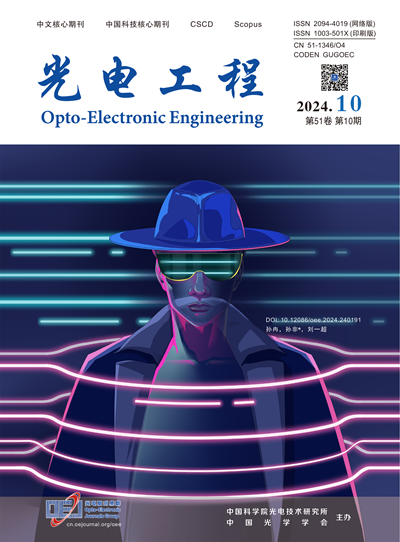Detection and recognition of distributed optical fiber intrusion signal
Q3 Engineering
引用次数: 1
Abstract
Distributed acoustic sensing (DAS) technology can detect acoustic or vibration signals with high sensitivity and wide dynamic range by receiving the phase information from coherent Rayleigh scattered light. Linear quanti-zation is used to measure high fidelity restoration of the signals. With the increasing demand of practical applications, the optical fiber intrusion detection field has put forward higher requirements for event location and identification, which is manifested as the accurate classification of intrusion events. Therefore, the combination of distributed acoustic sensing and pattern recognition (PR) technology is a hot research topic at present. This is beneficial to promote the application and development of distributed optical fiber sensing technology. The research progress of the pattern recognition technology applied to distributed optical fiber intrusion detection in recent years is summarized in this paper, which can be used for feature extraction and classification algorithm research progress. In this paper, several feature extraction methods for realizing intrusion event signal recognition and their feature selection difficulties in different application situations are reviewed. Meanwhile, the advantages and disadvantages of specific event recognition algorithm are analyzed and summarized.分布式光纤入侵信号的检测与识别
分布式声传感(DAS)技术通过接收相干瑞利散射光的相位信息,可以探测到高灵敏度、宽动态范围的声或振动信号。采用线性量化测量信号的高保真度恢复。随着实际应用需求的不断增加,光纤入侵检测领域对事件定位和识别提出了更高的要求,具体表现为对入侵事件的准确分类。因此,将分布式声传感与模式识别(PR)技术相结合是当前的研究热点。这有利于促进分布式光纤传感技术的应用和发展。本文综述了近年来模式识别技术应用于分布式光纤入侵检测的研究进展,以及可用于特征提取和分类算法的研究进展。本文综述了实现入侵事件信号识别的几种特征提取方法及其在不同应用场合的特征选择难点。同时,对具体事件识别算法的优缺点进行了分析和总结。
本文章由计算机程序翻译,如有差异,请以英文原文为准。
求助全文
约1分钟内获得全文
求助全文
来源期刊

光电工程
Engineering-Electrical and Electronic Engineering
CiteScore
2.00
自引率
0.00%
发文量
6622
期刊介绍:
Founded in 1974, Opto-Electronic Engineering is an academic journal under the supervision of the Chinese Academy of Sciences and co-sponsored by the Institute of Optoelectronic Technology of the Chinese Academy of Sciences (IOTC) and the Optical Society of China (OSC). It is a core journal in Chinese and a core journal in Chinese science and technology, and it is included in domestic and international databases, such as Scopus, CA, CSCD, CNKI, and Wanfang.
Opto-Electronic Engineering is a peer-reviewed journal with subject areas including not only the basic disciplines of optics and electricity, but also engineering research and engineering applications. Optoelectronic Engineering mainly publishes scientific research progress, original results and reviews in the field of optoelectronics, and publishes related topics for hot issues and frontier subjects.
The main directions of the journal include:
- Optical design and optical engineering
- Photovoltaic technology and applications
- Lasers, optical fibres and communications
- Optical materials and photonic devices
- Optical Signal Processing
 求助内容:
求助内容: 应助结果提醒方式:
应助结果提醒方式:


